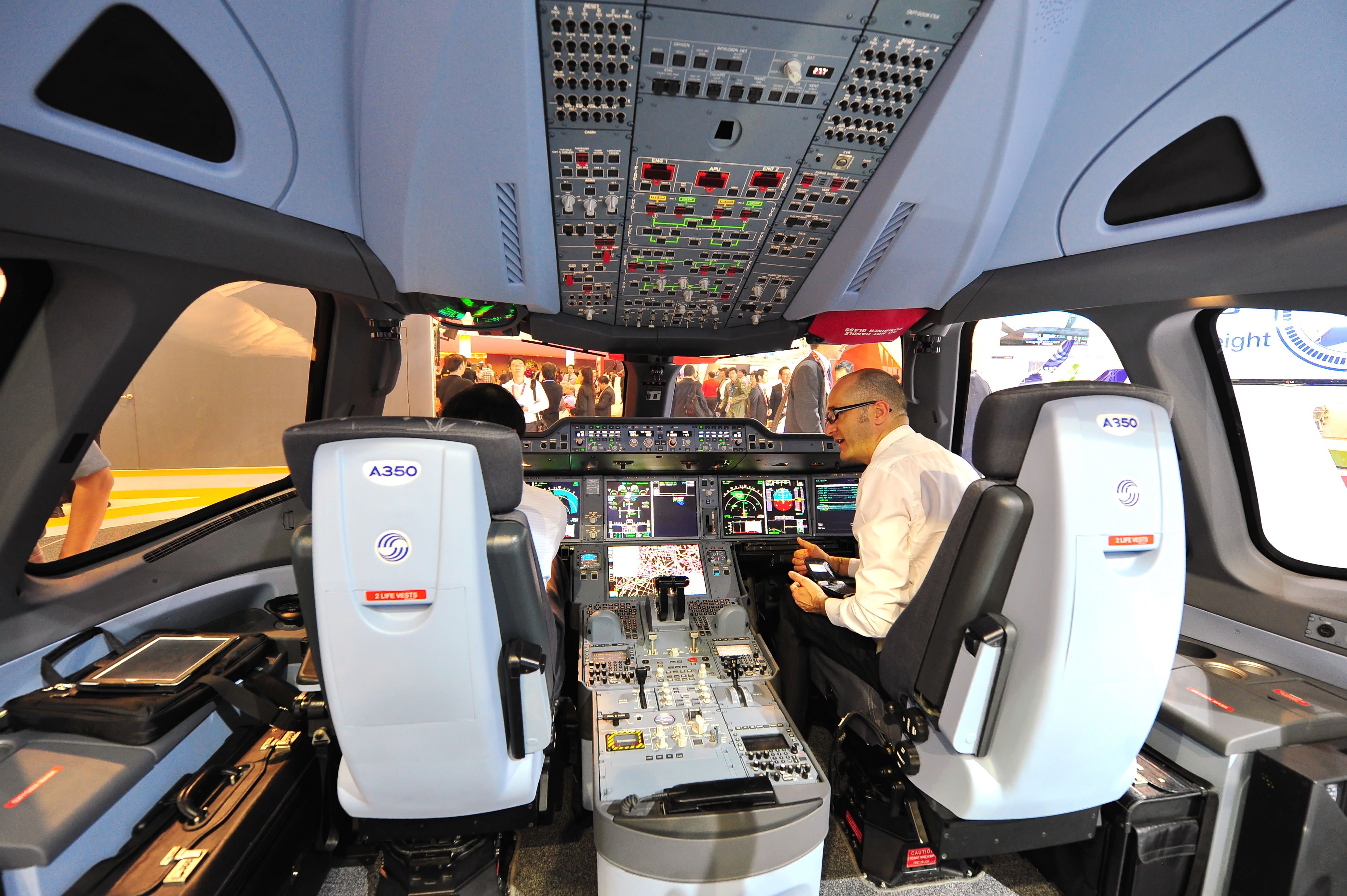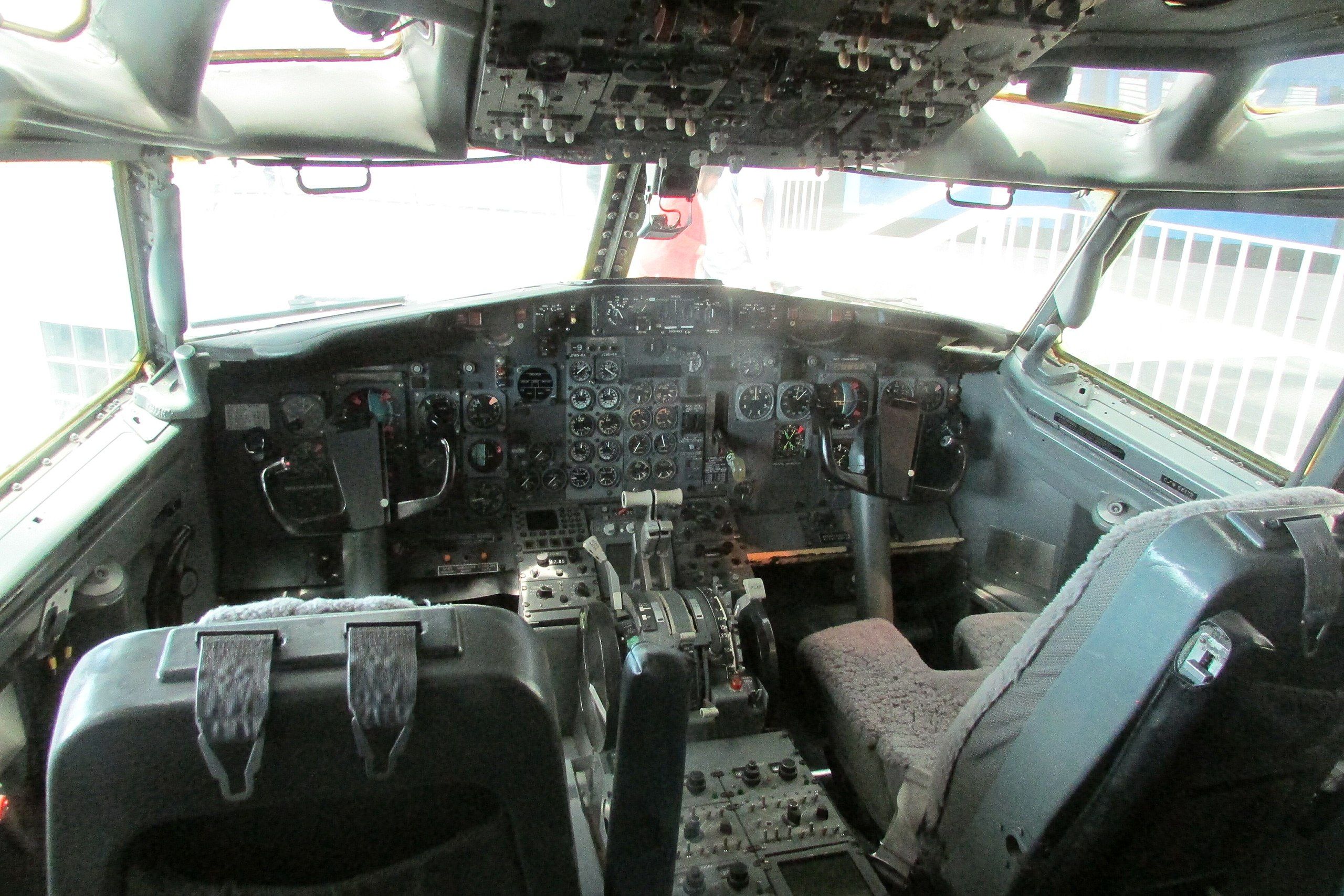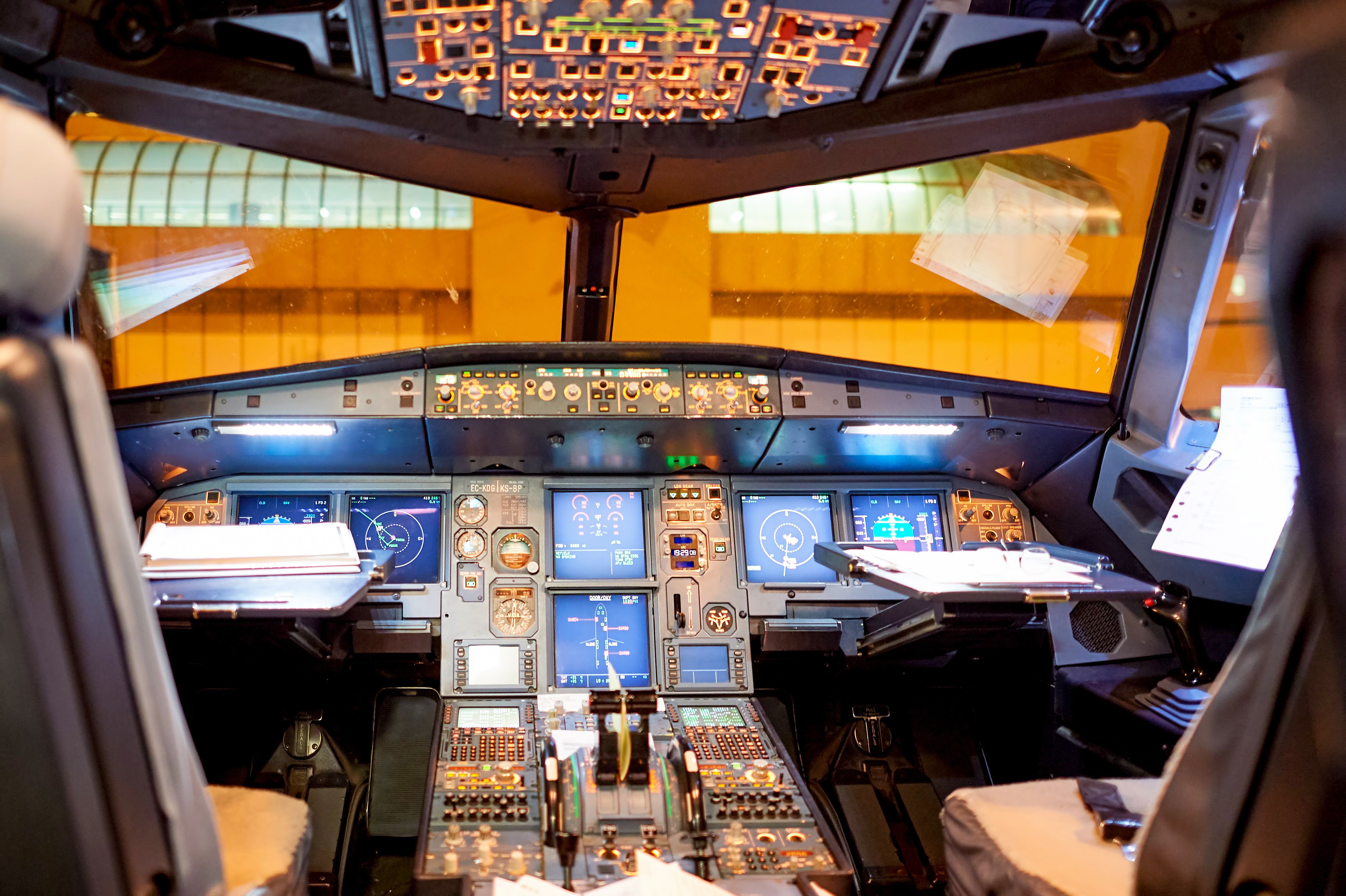Summary
- Sheepskin seat covers keep pilots comfortable in all temperatures & regulate body heat efficiently.
- Sheepskin is hypoallergenic, fire-resistant, and self-extinguishing, meeting FAA safety regulations.
- Sheepskin covers are long-lasting, water-resistant, and cost-effective, making them ideal for airlines.
Breathable seat covers using specialized leather and textiles have become a norm on most modern passenger aircraft. With the frequency of people using the seats, airlines aim to have the most durable seat cover that is also comfortable and stylish. This applies almost universally, whether passengers are sitting on an Airbus A380 or a Boeing 737, in first class or economy, in Asia or Europe. However, in the cockpit, things are different.
Indeed, did you know that pilots often find themselves sitting in sheepskin-covered seats instead of in seats with leather or textile covers? While they may be comfortable, particularly for pilots flying on long-haul routes, the reason behind using sheepskin is more practical in nature and may come as a surprise!
Photo: Jordan Tan | Shutterstock
Temperature regulation
According to BAA Training Vietnam, the primary purpose of sheepskin seat covers is to “keep pilots cool in the summer and warm in the winter.” Sheepskin can maintain a comfortable temperature in many environments, so pilots won’t feel too hot or too cold and can work properly from the comfort of their seats.
This is undoubtedly important for pilots working long shifts, as fatigue is a significant safety concern. The way that this form of temperature regulation works, according to Aviation Consumer, is that “they trap air between you and the seat itself,” as well as the fact that “they wick away moisture” in the event that sweat is produced.
Moreover, sheepskin is a hypoallergenic material, meaning that its presence is highly unlikely to cause irritation or allergies to any individual. Therefore, sheepskin is the obvious choice for many airlines when choosing a material for their cockpit seat covers, as it is desirable for most pilots according to multiple criteria.
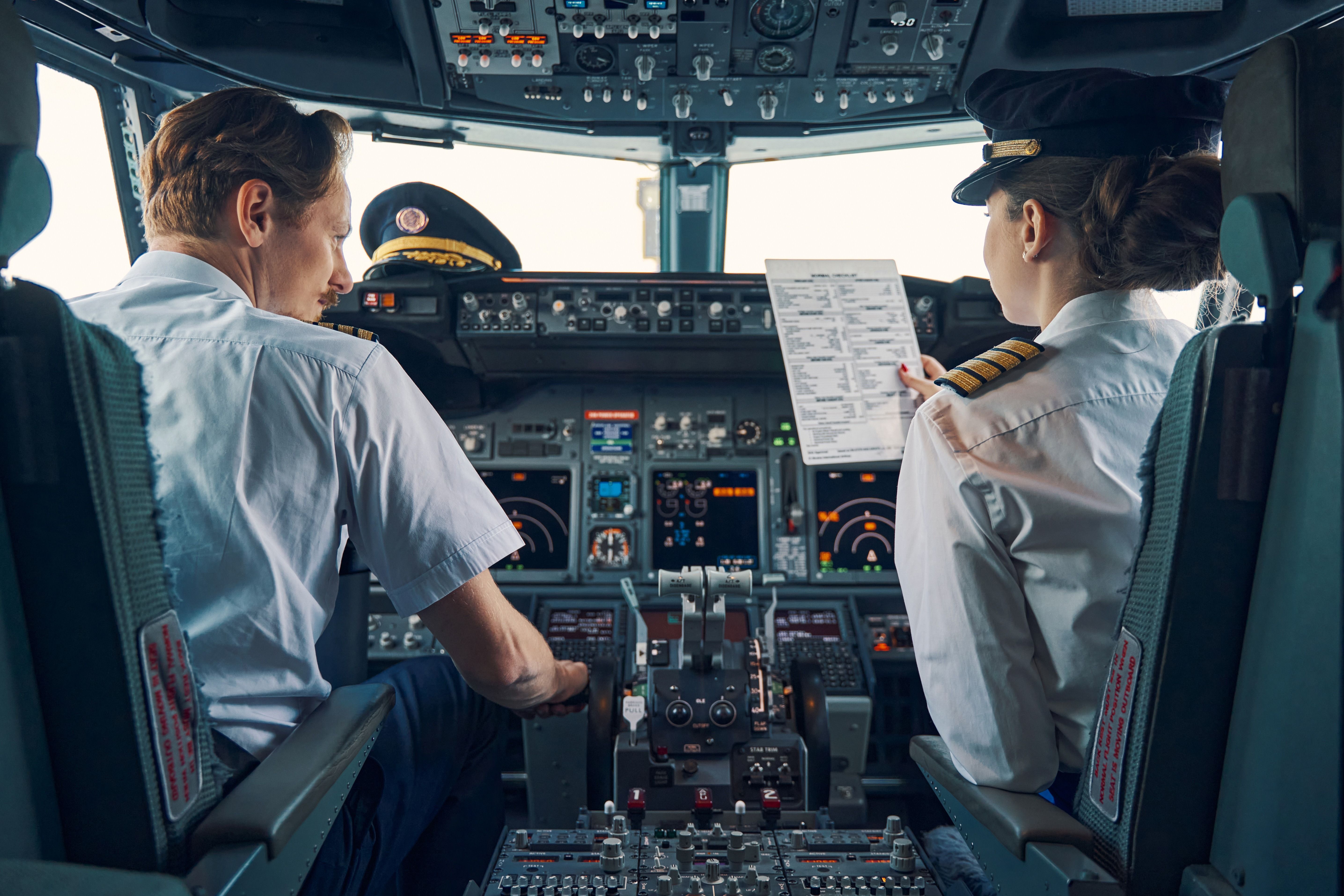
Related
How The Advent Of Glass Cockpits Reduced The Need For Flight Engineers
Technological advancements in the cockpit enable modern aircraft to fly with only two pilots.
Fire resistance
Typical features of cockpit seat covers
- Breathable material to eliminate sweat and discomfort
- Durable material with an inner liner protecting the foam inside
- Universal fitment to fit most body types
- Easy to install to reduce labor hours
- Easy to clean making it machine washable and durable
Aside from being a comfortable material to sit on and one that helps to regulate temperatures, sheepskin is also known to be fire-resistant and self-extinguishing, so a fire will not spread as quickly in the cabin. Its fire resistance property is because sheepskin has a high nitrogen and water content, meaning that a larger amount of oxygen is needed for the sheepskin to burn.
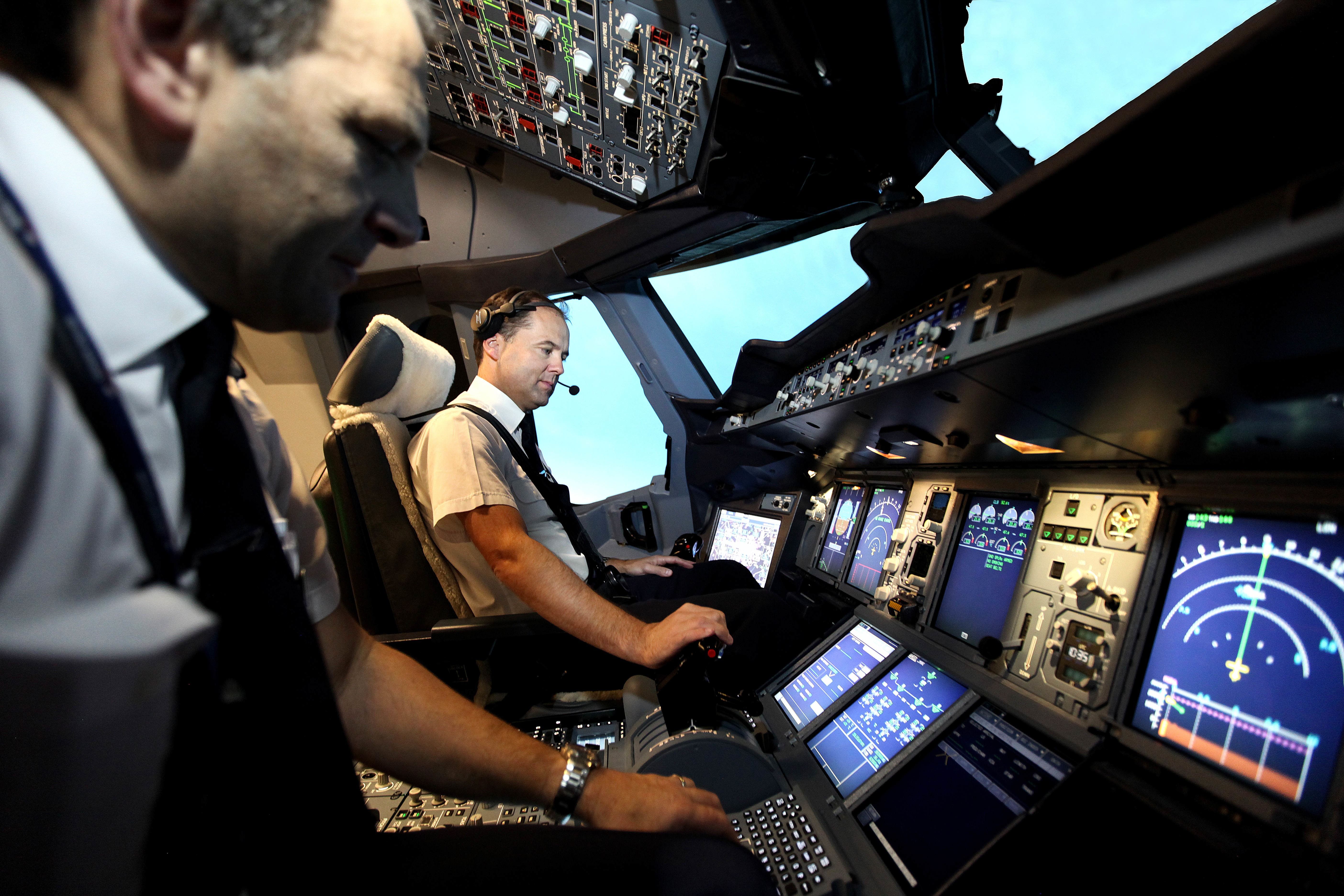
Related
What Are Sterile Cockpits & Why Are They Important For Aviation Safety?
A sterile cockpit is when pilots must be focused entirely on safety.
In fact, the Federal Aviation Administration (FAA) of the United States reportedly requires that pilots’ seats must pass their ‘burn test’ requirement in order for them to meet safety regulations. Other materials that also fulfill this requirement include natural leather, flame-resistant synthetic leather (vinyl), as well as other textiles. According to the supplier of sheepskin seatcovers, Aircraft Spruce & Specialty Co.,
“The magic of 100% genuine sheepskin is simply that it will keep you cool in summer & warm in winter. No other natural or man-made fiber possesses the qualities of sheep- skin. Whatever the temperature in your cockpit, sheepskin covers remain almost the same temperature. Additionally, each hollow fiber absorbs up to 30% of its own weight in moisture. Keeps you dry, & never feels wet itself.”
Economics and water resistance also play a key role
Benefits of sheepskin covers
- Keep the user cool in summer and warm in winter
- Irrespective of the cockpit temperature, sheepskin covers remain almost the same temperature
- Hollow fibers absorbs up to 30% of its own weight in moisture
- Free flow of air between the use and seat
In addition to its most essential functions, sheepskin has other properties that may be helpful in the cockpit. For airlines, economics is everything, and they often cost-cut to offer cheaper tickets to passengers, incentivizing them to fly. Sheepskin is a very long-lasting material, as it does not tend to snag or rip. This means that airlines do not have to replace them too often, thus reducing expenses.
Photo: Sorbis | Shutterstock
Apart from the aforementioned benefit of being flame-resistant, sheepskin is also considered to be water and liquid-resistant. These qualities are particularly useful in the cockpit of an aircraft, where space is at a premium and the machinery, which might be compromised by liquids, is worth hundreds of thousands of dollars.
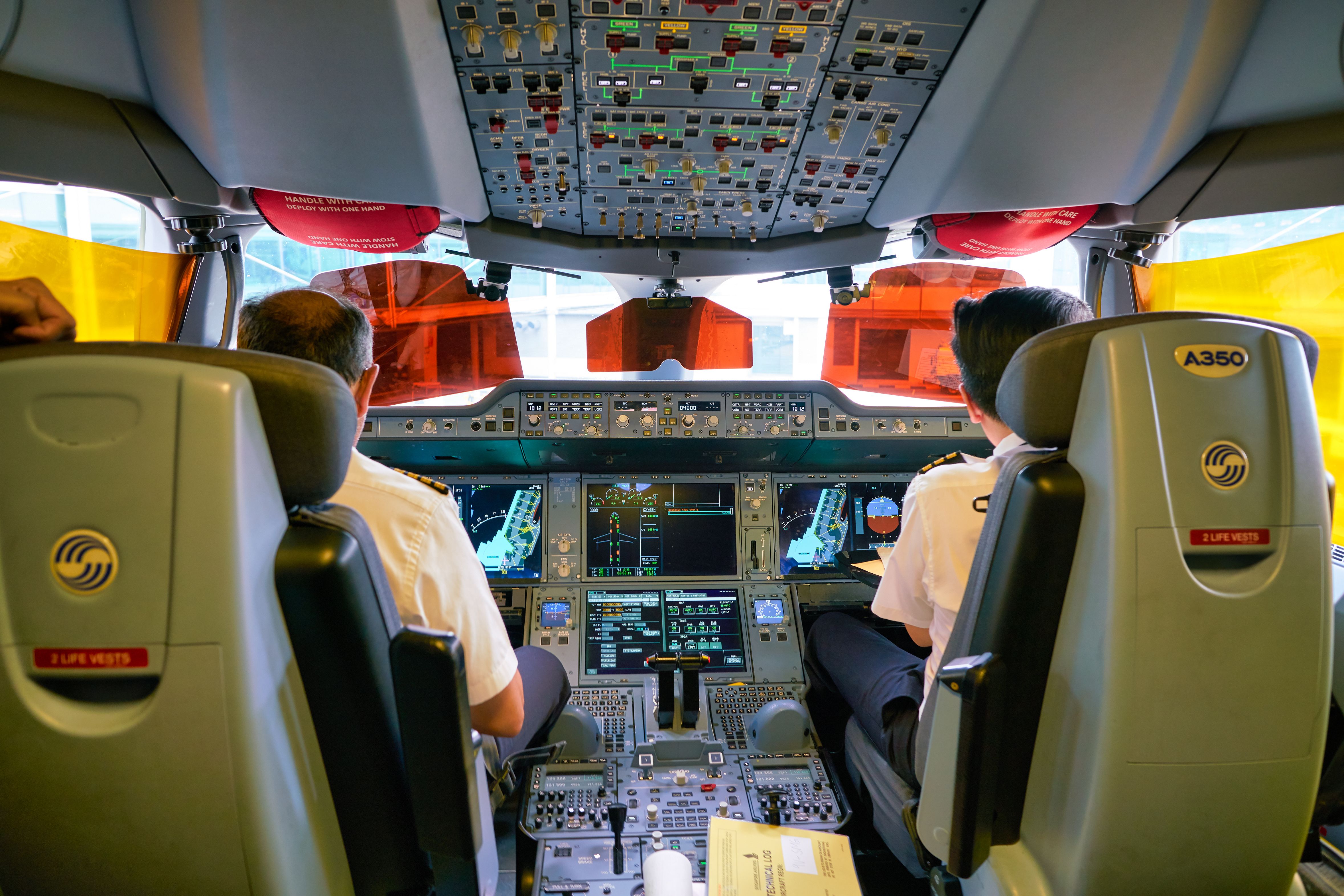
Related
Why Are An Aircraft’s Cockpit Doors Open During Boarding?
The cockpit is a busy place before takeoff
Which type of wool?
In terms of the exact kind of wool being used, Boeing is said to have conducted tests on different types of materials when designing its cockpit seats. These tests include resistance to both flame and liquids, as well as comfort for pilots. The company concluded that sheepskin from New Zealand sheep is the most suitable for cockpit seats and is, therefore, its material of choice.
Did you know why cockpit seats have sheepskin covers? Have you ever used one yourself? Let us know your thoughts and experiences in the comments.


